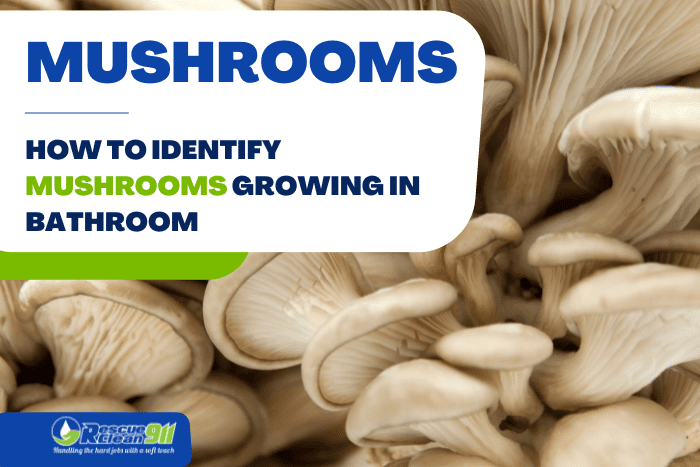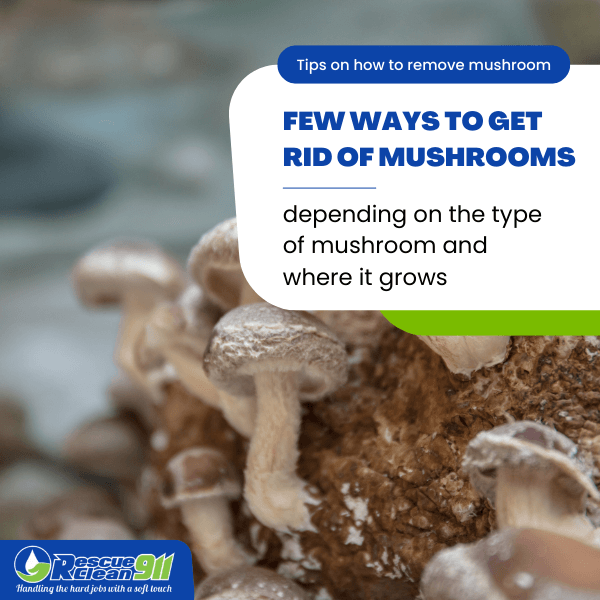Is That a Mushroom in Your Shower? An Expert Guide to Bathroom Fungi ID
The sight of a mushroom sprouting in your shower can be unsettling. Is it a sign of a serious problem? Is it dangerous? And most importantly, how do you get rid of it? This guide will help you identify the common fungi found in bathrooms, understand the underlying causes, and take the necessary steps to eliminate these unwelcome guests. We’ll cover everything from identification to prevention, ensuring your shower remains a clean and healthy space.
Understanding Bathroom Fungi: Why Are They There?
Bathrooms provide the perfect breeding ground for fungi. They thrive in warm, humid environments, and often have organic matter like soap scum, hair, and dead skin cells that serve as food. Identifying the type of fungus is crucial to understanding the severity of the issue and the best course of action.
Common Types of Fungi Found in Showers
Let’s explore the most frequently encountered fungi in bathrooms:
- Molds (e.g., Aspergillus, Cladosporium, Penicillium): These are often the culprits behind the black, green, or brown spots you see on grout, tiles, and shower curtains. Molds are extremely common and can be a sign of poor ventilation and moisture buildup.
- Mushrooms (Basidiomycetes): While less frequent than mold, actual mushrooms can sometimes appear. This typically indicates a more advanced level of fungal growth, often stemming from a significant moisture problem. They may appear as small, cap-like structures.
- Yeasts (e.g., Candida): Yeasts are single-celled fungi that can sometimes be found in damp areas. They may appear as a slimy or powdery substance.
- Slime Molds: Though not technically fungi, slime molds can resemble them. They are often colorful and can appear in a variety of forms.
Identifying the Culprit: A Visual Guide
Accurate identification is key. Here’s a breakdown to help you determine what’s growing in your shower:
- Color and Appearance:
- Black or Dark Green Patches: Likely mold, especially Aspergillus or Cladosporium.
- White, Powdery Substance: Could be mold or yeast.
- Brown or Yellow Spots: Often mold or the early stages of fungal growth.
- Small, Cap-like Structures (Mushrooms): Indicate a more serious moisture problem and a potential mushroom species.
- Colorful, Slime-like Patches: Possibly slime mold.
- Location:
- Grout and Tiles: Mold is the most likely culprit.
- Shower Curtain/Door: Mold is very common here.
- Ceiling or Walls: Suggests condensation and potential mold growth.
- Corners and Cracks: Mold thrives in these areas.
- Smell:
- Musty or Earthy Odor: A telltale sign of mold and fungal growth.
Addressing the Problem: Cleaning and Prevention
Once you’ve identified (or at least narrowed down) the type of fungus, you can take action.
- Cleaning Mold:
- Mildewcides: Use a commercial mildew cleaner, following the product instructions carefully.
- Bleach Solution: A diluted bleach solution (1 part bleach to 10 parts water) can be effective, but always test it on an inconspicuous area first to avoid discoloration. Ensure proper ventilation when using bleach.
- Vinegar: White vinegar is a natural alternative that can be effective for removing mold. Spray the affected areas, let it sit for an hour, and scrub.
- Scrubbing: Use a scrub brush or sponge to remove the mold growth.
- Addressing Mushrooms:
- Remove and Dispose: Carefully remove any mushrooms and dispose of them immediately.
- Address the Source: This indicates a significant moisture issue. Investigate for leaks, improve ventilation, and address any underlying causes of dampness.
- Professional Help: In cases of extensive mushroom growth, consider contacting a professional mold remediation service.
- Preventing Future Growth:
- Ventilation: Improve ventilation by using the exhaust fan during and after showering. Open a window if possible.
- Dry Surfaces: Wipe down shower walls, doors, and fixtures after each use to remove moisture.
- Clean Regularly: Regularly clean your shower to remove soap scum, hair, and other organic matter that fungi feed on.
- Inspect and Repair Leaks: Promptly repair any leaks in pipes or fixtures to prevent moisture buildup.
- Replace Shower Curtains Regularly: Shower curtains are prone to mold and mildew growth. Consider replacing them periodically.
When to Call a Professional
While many bathroom fungal problems can be handled with DIY methods, there are situations where professional help is necessary:
- Extensive Mold Growth: If mold covers a large area or is difficult to remove.
- Repeated Fungal Problems: If you’re constantly battling mold or mushrooms.
- Suspected Hidden Mold: If you suspect mold growth behind walls or under flooring.
- Health Concerns: If you experience respiratory problems or other health issues that you suspect may be related to mold exposure.
FAQs: Addressing Common Questions
Here are answers to some frequently asked questions:
- Is the mushroom in my shower poisonous?
- It’s generally best to treat any unknown mushroom as potentially poisonous. Do not eat it. While some common bathroom mushrooms are not deadly, you can’t always be certain of the species without expert identification.
- Can mold in my shower make me sick?
- Yes, mold can cause allergic reactions, respiratory problems (like coughing, wheezing, and asthma), and other health issues.
- How often should I clean my shower to prevent fungi?
- Aim to clean your shower at least once a week, or more frequently if you have a particularly humid bathroom or notice signs of mold or mildew.
- What’s the difference between mold and mildew?
- Mildew is often used as a general term for mold. However, mildew typically refers to early-stage mold growth, often appearing as a surface-level discolouration. Mold is a broader term, encompassing various fungal species that can penetrate surfaces and cause more significant damage.
- What kind of lighting is best for preventing fungal growth?
- Fungi thrive in dark, damp environments. While lighting alone won’t prevent fungal growth, ensuring good ventilation and cleaning routines is always the best approach.
Conclusion: Maintaining a Healthy Shower Environment
Dealing with fungi in your shower can be a frustrating experience, but with the right knowledge and proactive measures, you can keep your bathroom clean, safe, and free from these unwanted guests. By understanding the different types of fungi, implementing effective cleaning and prevention strategies, and knowing when to seek professional help, you can enjoy a healthy and hygienic shower experience. Remember, regular maintenance and attention to moisture control are your best defenses against bathroom fungi.



